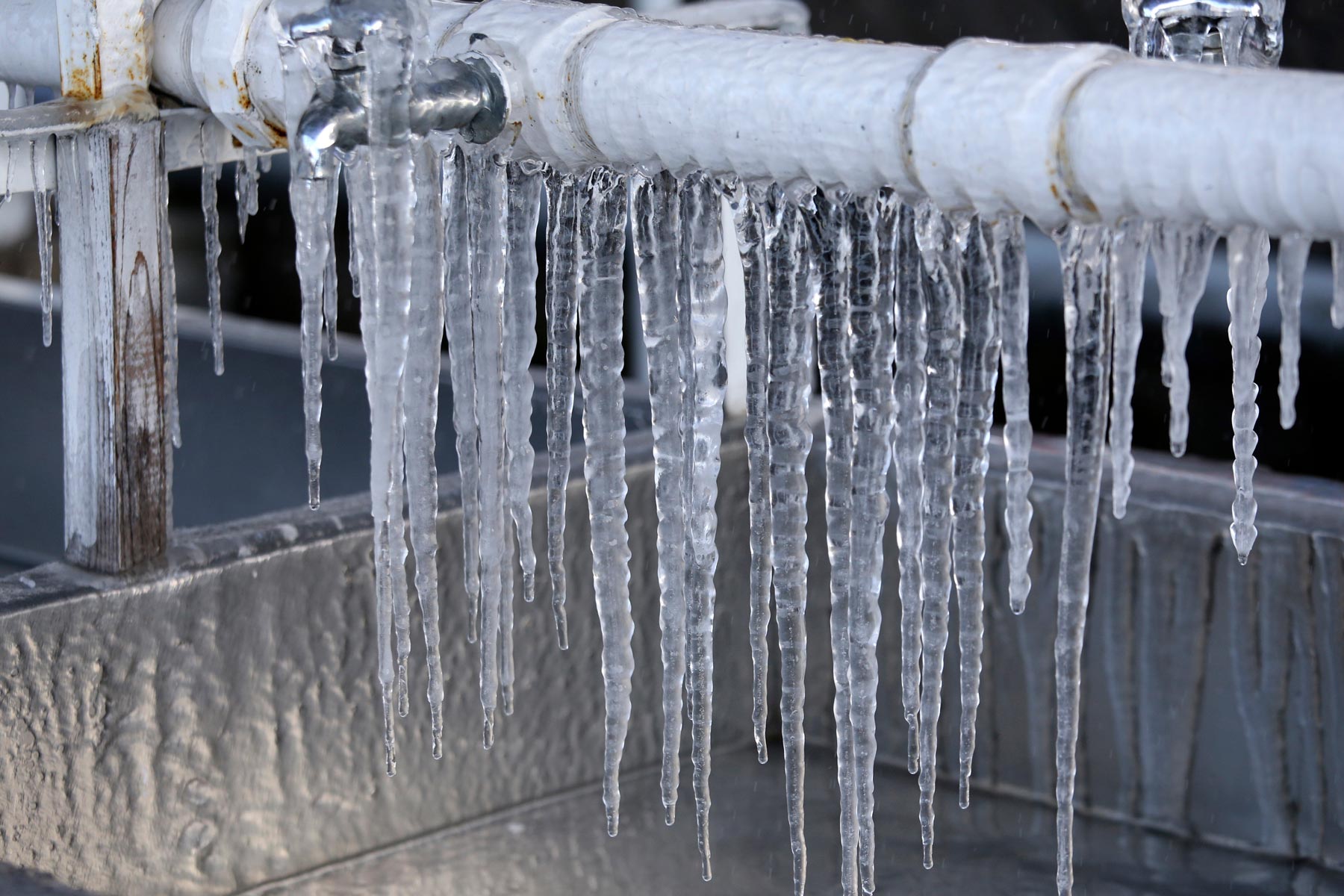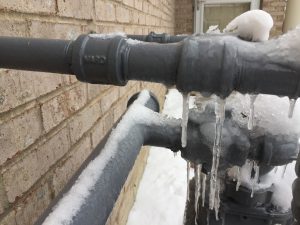Avoiding Your Pipes from Freezing: Effective Strategies
Avoiding Your Pipes from Freezing: Effective Strategies
Blog Article
We have uncovered this post pertaining to Helpful Tips to Prevent Frozen Pipes this Winter listed below on the web and reckoned it made good sense to share it with you over here.

Cold weather can damage your pipes, specifically by freezing pipes. Below's exactly how to prevent it from taking place and what to do if it does.
Intro
As temperature levels decrease, the risk of icy pipelines increases, potentially causing pricey fixings and water damage. Understanding just how to prevent frozen pipes is important for home owners in cool climates.
Prevention Tips
Insulating prone pipes
Cover pipes in insulation sleeves or utilize heat tape to shield them from freezing temperatures. Concentrate on pipelines in unheated or external locations of the home.
Heating strategies
Maintain indoor areas adequately warmed, particularly areas with pipes. Open up closet doors to enable warm air to distribute around pipes under sinks.
Exactly how to determine frozen pipes
Search for reduced water flow from taps, unusual smells or noises from pipes, and visible frost on exposed pipes.
Long-Term Solutions
Structural adjustments
Think about rerouting pipes far from outside walls or unheated areas. Add extra insulation to attics, cellars, and crawl spaces.
Upgrading insulation
Invest in top quality insulation for pipes, attic rooms, and wall surfaces. Correct insulation assists maintain consistent temperature levels and decreases the risk of frozen pipelines.
Safeguarding Outside Pipes
Garden hoses and exterior taps
Detach and drain pipes yard hoses prior to wintertime. Install frost-proof faucets or cover outside taps with shielded caps.
Comprehending Icy Pipelines
What causes pipes to ice up?
Pipelines freeze when exposed to temperatures listed below 32 ° F (0 ° C) for expanded durations. As water inside the pipelines ices up, it broadens, taxing the pipeline walls and potentially causing them to break.
Risks and problems
Frozen pipelines can bring about water supply disturbances, residential property damage, and costly fixings. Ruptured pipes can flooding homes and trigger considerable architectural damages.
Signs of Frozen Pipeline
Identifying frozen pipes early can stop them from rupturing.
What to Do If Your Pipes Freeze
Immediate actions to take
If you presume frozen pipelines, maintain faucets open up to relieve stress as the ice melts. Make use of a hairdryer or towels taken in warm water to thaw pipelines slowly.
Final thought
Protecting against icy pipes requires aggressive actions and quick reactions. By recognizing the causes, indicators, and safety nets, property owners can safeguard their plumbing during winter.
6 Proven Ways to Prevent Frozen Pipes and Protect Your Home
Disconnect and Drain Garden Hoses
Before winter arrives, start by disconnecting your garden hoses and draining any remaining water. Close the shut-off valves that supply outdoor hose bibs and leave the outdoor faucet open to allow any residual water to drain. For extra protection, consider using faucet covers throughout the colder months. It’s also important to drain water from any sprinkler supply lines following the manufacturer’s directions.
Insulate Exposed Pipes
Insulating your pipes is an effective way to prevent freezing. Pipe insulation is readily available at home improvement stores and is relatively inexpensive. Pay close attention to pipes in unheated areas such as the attic, basement, crawl spaces, or garage. Apply foam insulation generously to create a buffer against the cold. You can also wrap your pipes in heat tape or thermostat-controlled heat cables for added warmth.
Seal Air Leaks
Inspect your home for any cracks or openings that could let in cold air. Seal any holes around the piping in interior or exterior walls, as well as the sill plates where your home rests on its foundation. Additionally, make sure to keep your garage door closed unless you’re entering or exiting. Leaving it open creates a significant air leak that can lead to frozen pipes.
Allow Warm Air Circulation
During cold snaps, it’s essential to allow warm air to circulate evenly throughout your home. Leave interior doors ajar to promote better airflow. Open kitchen and bathroom cabinets to help distribute heat consistently around the rooms. If you have small children or pets, be sure to remove any household chemicals or potentially harmful cleaners from open cabinets for safety.
Let Faucets Drip
A small trickle of water can make a big difference in preventing ice formation inside your pipes. When temperatures drop significantly, start a drip of water from all faucets served by exposed pipes. This continuous flow helps prevent the water from freezing. Additionally, running a few faucets slightly can relieve pressure inside the pipes, reducing the chances of a rupture if the water inside does freeze.
https://choateshvac.com/6-proven-ways-to-prevent-frozen-pipes-and-protect-your-home/

Do you like more info about Winter Plumbing Precautions: Preventing Frozen Pipes? Try leaving feedback down below. We will be pleased to listen to your thinking about this blog. Hoping that you come back again in the future. Do you know about someone else who is inquisitive about the topic? Why not share it. Bless you for being here. Revisit us soon.
Click Here Report this page